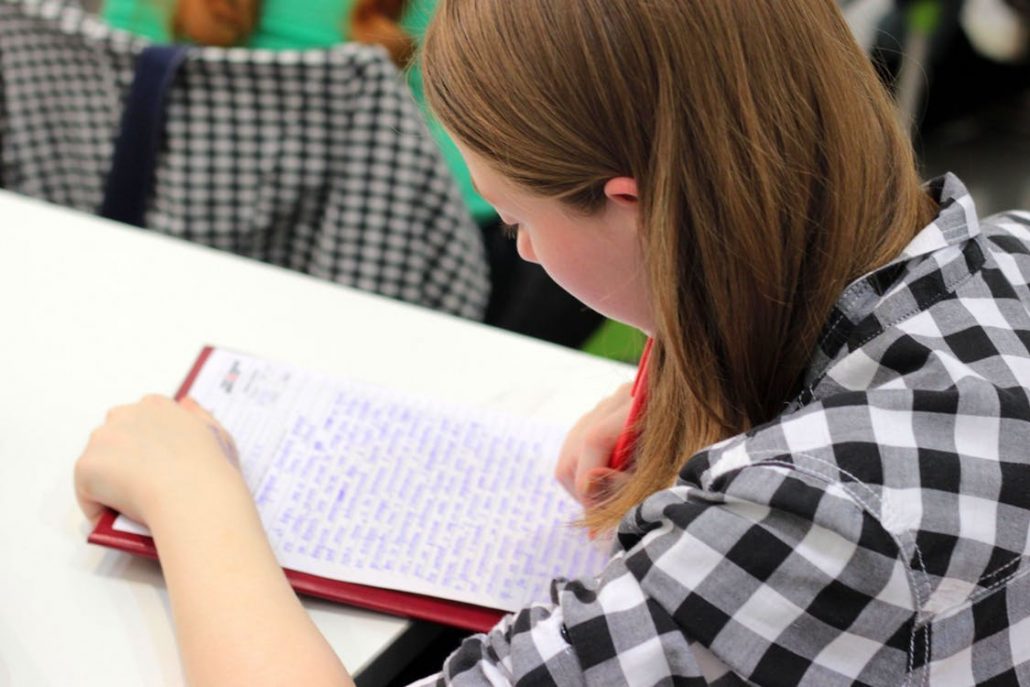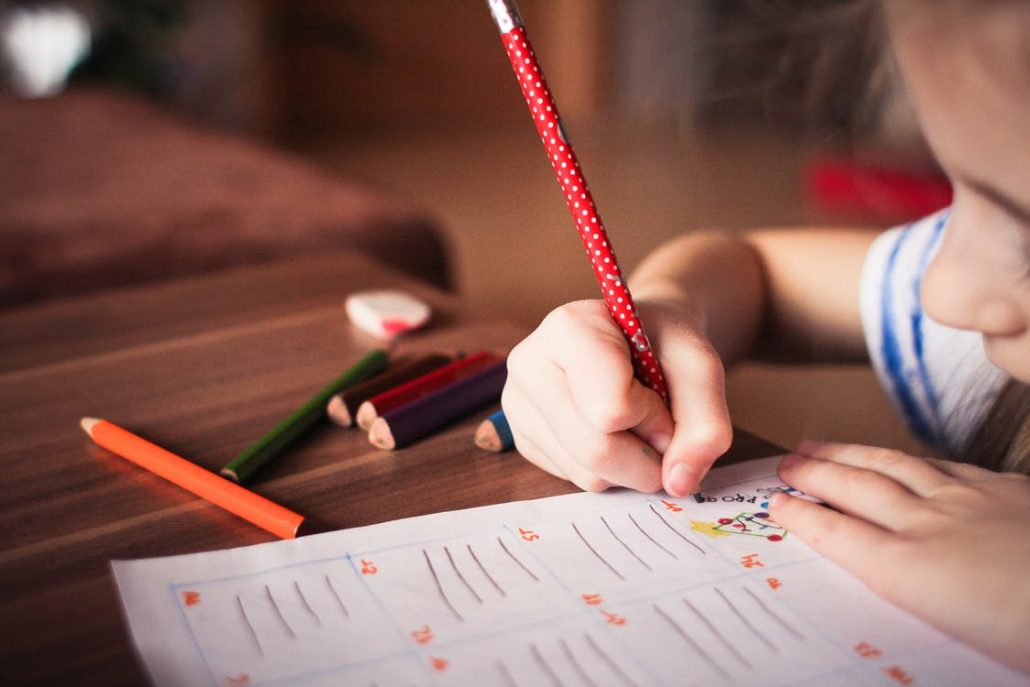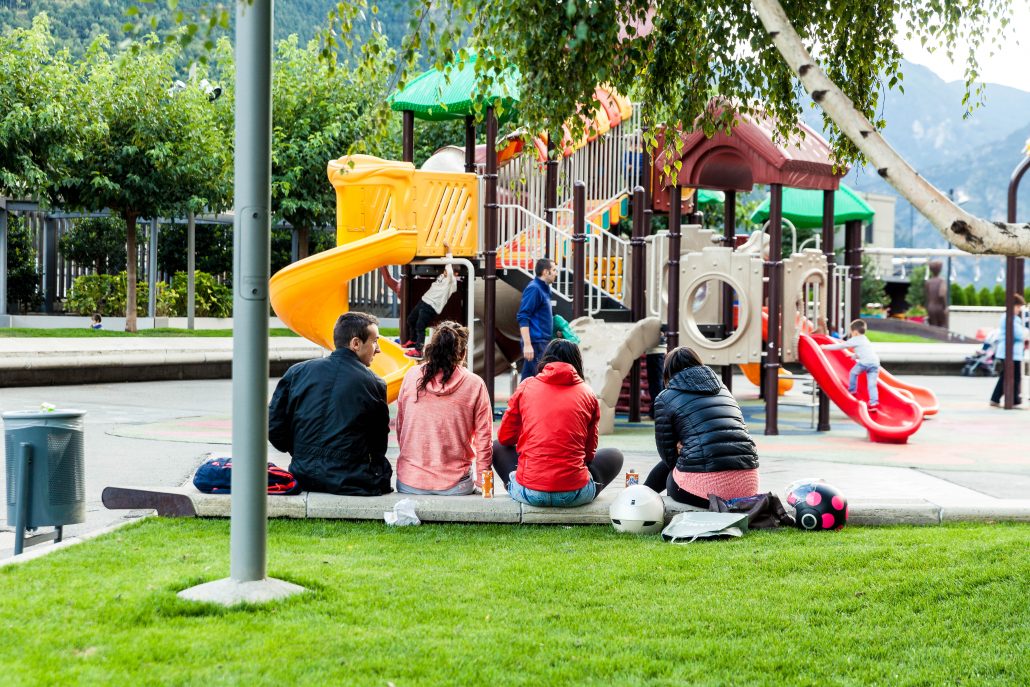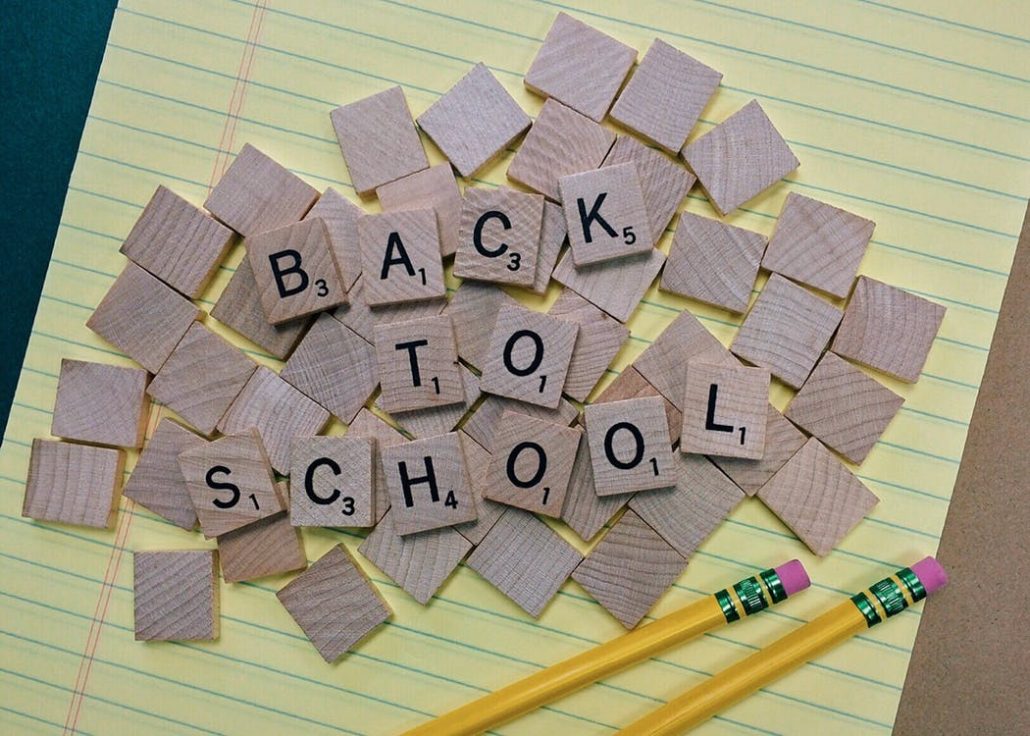Making Math into Games: Activities in the Classroom and at Home

Take it from me, a self-proclaimed math loather: when math concepts just do not click, the fallout can be extremely frustrating for kids. No matter the age, a student in the classroom or a child at home can quickly become discouraged when the math just doesn’t add up. For these children, who struggle with the ins and outs of successive math courses, real-world concepts and engaging activities can make all the difference.
Trick-or-Treat Math
This is the perfect seasonal opportunity for kids to apply real-world concepts of money, numeric relationships and directions to engaging activities that secretly build multiplication, division, analytic and ratio skills. Before trick-or-treating, have kids rate their favorite Halloween candies from 1-10, 10 being their absolute favorite. Then, help kids set up a candy bargaining/trading activity, in which they base their trades off of a certain candy’s rating. For example, if Reese’s Pieces are ranked as a 10, but Twizzlers are a lowly 2, help your children identify how many Twizzlers it would take to equal the ranking of Reese’s Pieces. Help them throughout the trade by prompting them with mathematical questions like, “If cherry lollipops are favored twice as much as orange lollipops, how many orange would I have to forego for 3 of your cherry pops?” Or, “If you have 60 pieces of candy from trick-or-treating, and I allow you to eat 1/10 of your candy over the weekend, how many pieces can you eat on Saturday if you want to eat 4 pieces on Sunday?” (**DISCLAIMER for educators—if you plan to allow for Halloween activities in the classroom, be sure to double check with parents about any allergy/dietary restrictions.)
Scavenger Hunt
A scavenger hunt activity is always good for embedding discrete mathematical practices. Provide students with different word problems and accompany each problem with a “clue envelope.” Each time their group correctly works through a word problem, provide them with a clue to lead them closer to the treasure. This activity allows for plenty of options for differentiation, including high/low grouping, varying levels of word problems, options for graphics or manipulatives, etc. Depending on student needs and abilities, math problems could involve multi-step word problems, multiplication flashcard races, geometric matching, placing items in size order, rounding to nearest tenth/hundredth and matching equivalent fractions. Perhaps the treasure could be a homework-free pass, prize tokens or extra recess time.
Shaving Cream “Swat”
It may be messy, but shaving cream swat games using mathematical equations can bring a ton of energy to a typically dry math review. Depending on age and ability, groups can swat basic multiplication problems, the next shape in a pattern, addition/subtraction problems, etc. The possibilities are endless so long as the planning and frontloading are in place. Educators will create math challenges on index cards for groups to solve. While solving, the teacher will provide answer options written in shaving cream on paper plates—kind of like a multiple choice selection. Groups will race to “swat” or “splat” whichever answer they agree on using a fly swatter. The caveat, of course, is the clean-up. However, this group activity never fails to drum up enthusiasm when completing a math practice or review.
With a little planning and preparation, these games can reinforce math concepts and build skills in new ways that will get even the most hesitant learners to join in the fun!












